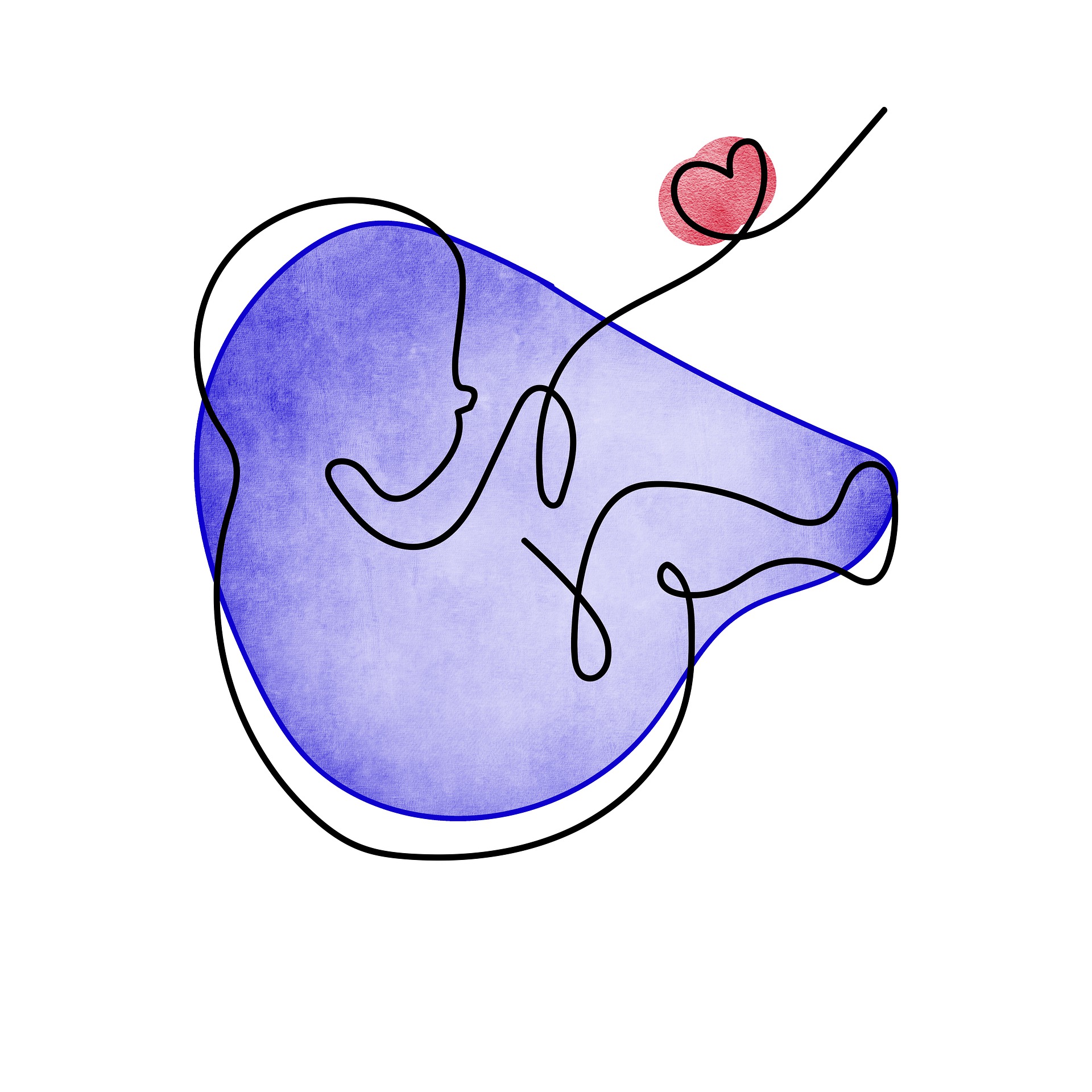Perinatal History 1/2: The Missing Piece in Adolescent Assessments
-
-
Florence Nadaud
Enquiring as far back as pregnancy and birth can reveal the best path forward for therapy, regardless of our clients’ age. In some cases, clinical formulation can even hinge on it. In the first of two blog posts on taking perinatal histories, Florence Nadaud, child and adolescent psychodynamic psychotherapist, shares her work with one young person whose traumatic birth story shed new light on his current difficulties – and, just as crucially, helped her to reflect on parental and professional attitudes towards his presentation.
 With its emphasis on the early years and its impact on the developing self, psychodynamic psychotherapy has long taught us how crucial it is to consider how our clients’ lives started. What were their relationships with their parents like? What was their parents’ partnership like? Did they have siblings?
With its emphasis on the early years and its impact on the developing self, psychodynamic psychotherapy has long taught us how crucial it is to consider how our clients’ lives started. What were their relationships with their parents like? What was their parents’ partnership like? Did they have siblings?
However, life starts from the moment of conception, with research highlighting the influence of a mother’s state of mind, relationships and socio-economical context on the developing foetus.
I often get a look of surprise from parents when I ask about their pregnancy, especially when their child is now an older adolescent. Understandably, the perinatal context seems so far back in time, stored away in distant memories, that its relevance to the current difficulties is easily overlooked.
How could pregnancy, delivery or feeding have anything to do with a young person not attending school, self-harming or being violent?
Let’s consider a clinical example: several years ago, a professional referred a young person, describing their current presentation (learning difficulties, violence and impulsivity), without including any details of the family history. I soon found myself responding to them as I would with a child about six years younger than this adolescent’s chronological age.
I could however not put my finger on why they had been placed in a specialised behaviour school, rather than one tailored to support learning disabilities. Neither could I grasp why their parents were described as somewhat dismissive of the severity of the child’s behaviour and as ‘hard-to-engage’.
Their mother accepted my invitation to come see me as part of the assessment process. The simple question of ‘how were pregnancy and birth?’ shed crucial light. This young person was born prematurely, with the parents being told that their baby was unlikely to survive, especially after a postnatal brain haemorrhage and several other significant health complications. The mother was told that the premature labour had been caused by her own body make up, and she was called in the middle of the night and told to rush back to the hospital to hold her supposedly dying newborn. Her response had been to dismiss this claim and not travel, being certain of her baby’s survival.
Knowing this, I could now tailor my therapeutic thinking, not only to the young person’s traumatic arrival in this world, but also to their mother, and the defences she had to resort to in facing her own experience of this trauma.
Was it possible that the mother was now dismissing her child’s behaviour just as she had rejected the reality of possibly losing her baby? Was this a defence of denial against an unbearable reality, which unconsciously repeated itself?
And why had the child been placed in a specialised behaviour school instead of the educational focus being on their learning difficulties? Was it possible that the idea of a behavioural difficulty felt more bearable to the mother, because this was less likely to be attributed to premature birth – and that this had been acted out by the system?
Clinical formulation based on an assessment that lacks perinatal information can impede the efficacy of the therapeutic intervention.
This briefly demonstrates that gathering perinatal information matters during the assessment, regardless of the client’s age.